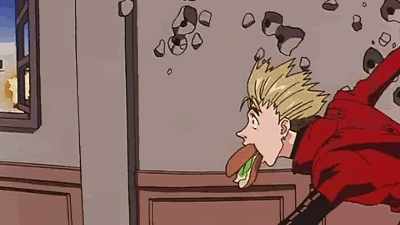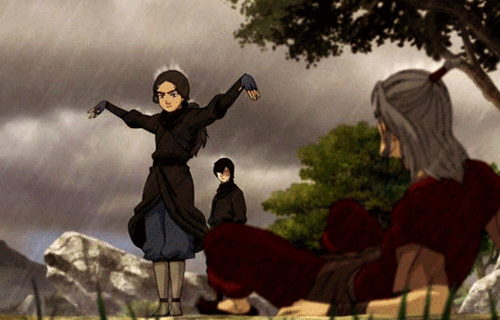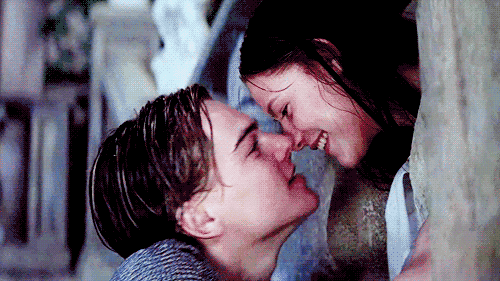Who’s ready for a spotlight on two moral characters who find
everything they believe called into question by adverse circumstances? Sounds
like a proper Friday pick me up, doesn't it?
The first character I want to spotlight today is Astrid, from the Gone
series. Astrid is a brilliant and also religious student on Perdido beach. When
all people over the age of 14 disappear from an area called the Faze, she is
one of the older survivors and many look to her for guidance. In the beginning,
despite a lot of terrible things happening, she remains resolute, keeping to
her values and convincing herself that there must be a reason for this cataclysmic event.
But as things get tougher throughout the books, and she is
put into some serious moral quandaries regarding her special needs little
brother, Little Pete, Astrid gradually changes, gaining a more existential view
on life and even being forced to break essential rules that she believes would
send her straight to hell if her God existed. To watch the slow crumbling of
her faith is heart breaking but also very relatable and as a Christian myself,
I think it’s an interesting exploration on how hard times can cripple faith.
The second character I want to spotlight is Vash the
Stampede, a wanted man known as the human typhoon, from Trigun. I've talked about Trigun in my lessons from anime segment here, but its definitely worth bringing up again for its main character. Who is a goof ball.

But he also has a destructive history because of the enemies that pursue him, trying to get a piece of the price on his head. Despite this, however, he has a strict moral code against killing people, valuing all human
life. Even that of his enemies. He downright refuses to kill and because of his
incredible skill, he is often able to escape impossible situations, against the
odds, without breaking his rule. And unlike Batman who is still pretty violent,
Vash is a genuinely peaceful dude who would just as soon have a quiet life.
 |
| Just look at that smile. Adorable |
With each enemy Vash faces, it would seem easier to just
kill them but Vash is admirable in how much he refuses to. But when, at some
point, he is forced to break is rule in a heart wrenching scene, he falls into
depression and must learn to live with himself. Its some incredible stuff and a
great observation of moral grey areas. As Vash’s enemy Knives says, if you save
the butterfly, the spider dies. You cannot save everyone, and sometimes a
choice must be made.

Vash is a sometimes frustrating character for how steadfast
he is, but we still love him for it. As the moral center he works well and I
appreciate that the show chose to break him down to see what he was
made of.
At his core, he is still made of love and peace, moral grey
areas or not.
 |
| And I cannot overstate how much of a goofball he is |
Hope you enjoyed and next week we take a look at the opposite of the moral center- the anti hero. Until then, happy writing!






